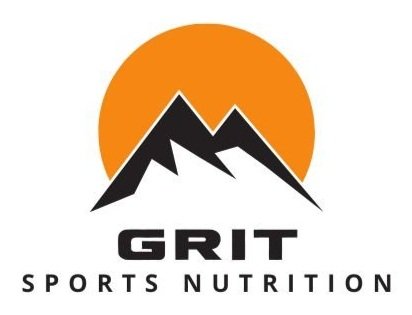What’s Your Iron Status?
Ironman. Is it a coincidence that IRON comprises the first part of this word? Not at all! This nutrient is essential to endurance athletes as it plays a major role in oxygen transport/delivery. Increased blood and muscle oxygen translate to improved performance. Hemoglobin, the blood oxygen transporter, and myoglobin, the muscle oxygen transporter, both rely on iron for optimal function. Iron status can be directly correlated back to performance, negatively and positively.
Low iron status is the most common nutrient deficiency in the US, and occurs most often from inadequate intake related to low animal protein diets. Other causes are menstrual blood loss, iron sweat losses, decreased iron absorption, acceleration of red blood cell (RBC) destruction, and altitude training – most of which are athlete-specific and result from strenuous exercise.
Symptoms of iron deficiency include: fatigue, poor recovery, impaired immune function, difficulty concentrating and irritability. Blood tests are used to diagnose potential deficiencies, including measures of hemoglobin, hematocrit, and serum ferritin.
As an athlete, you need to be even more cautious of iron deficiency. Take steps to avoid this by consuming plenty of high iron foods. Adult males require 8 mg/day, and adult females (up to age 50) require 18 mg/day. Try to consume a combination of the two types of food iron - heme and non-heme:
Heme
Found in animal foods (lean meat, dark poultry)
10-30% absorption rate
Examples: steamed clams, steamed oysters, beef liver, beef, tuna fish, halibut and pork loin
Non-heme
Found in plant foods (dried peas and beans, whole grains)
2-10% absorption rate.
Examples: fortified cereal/oatmeal/bread, soybeans, lentils, pinto beans, spinach, soy milk, tofu, raisins, apricots, and eggs
Keep in mind that high vitamin C foods aid the absorption of iron, whereas high calcium foods hinder it.
Example: iron-fortified oatmeal + orange juice (iron absorbed well) versus iron fortified-oatmeal + milk (iron absorbed poorly).
Interested in a FREE 30-minute nutrition consultation through GRIT Sports Nutrition? Contact Brooke at brooke@gritsportsnutrition.com to reserve your appointment today.
Dunford, M. & Doyle, J.A. (2012) Nutrition for Sport and Exercise (2nd ed.). Belmont, CA: Wadsworth Cengage Learning.
Ryan, M. (2007). Sports Nutrition for Endurance Athletes (2nd ed.). Boulder, CO: Velo Press.
